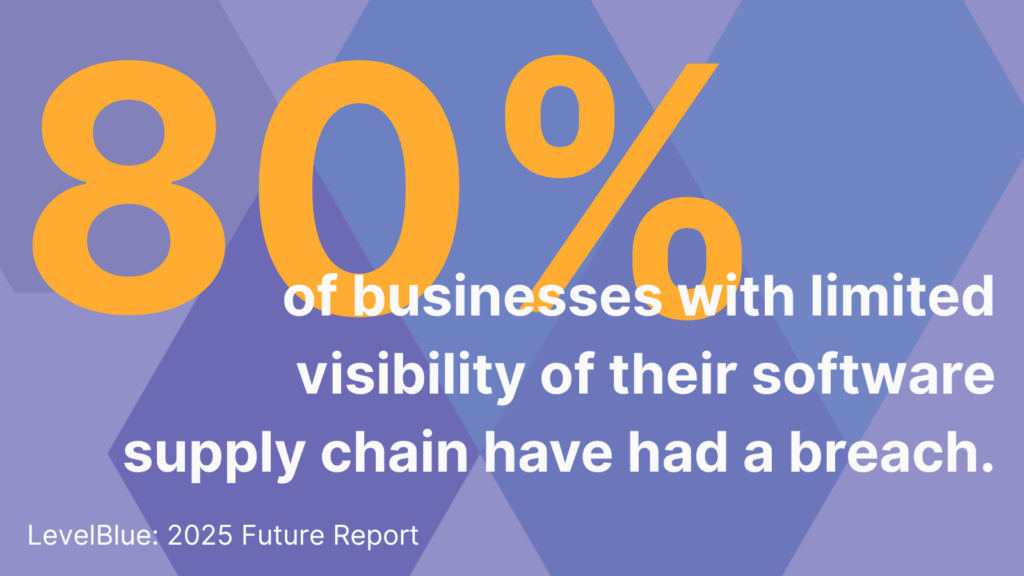Only 23% of organizations can see their software supply chains clearly, yet 80% of those with poor visibility suffered breaches . Meanwhile, regulators are tightening compliance with mandates like SBOMs and the EU Cyber Resilience Act. In today’s environment, invisible code equals exploitable pathways. Understanding what’s running in your stack isn’t optional—it’s a survival imperative.
The Problem: Shadow Code
Enterprises load hundreds of open-source, third-party libraries and deploy APIs with limited oversight. Vulnerabilities hide in outdated versions or malicious patches. Without SBOMs, you’re blind to dependencies—and blind to attackers. Breach data confirms it: gaps in visibility directly correlate with compromise.
Key Remediation Strategies
- SBOM Mandates
Require every internal and third-party software package to include a bill of materials. Keep it updated and centrally indexed. - AI‑Backed Dependency Scans
Deploy tools that continuously scan SBOM references for new vulnerabilities—flagging risky libraries or abnormal behaviors in production. - Risk-Based Vendor Assessment
Prioritize vendors by exposure metrics (downloads, criticality, past CVEs). Re-audit high-impact dependencies semi-annually or when new vulnerabilities are disclosed. - Policy and Compliance Alignment
Frame supply chain security as a governance mandate: align with SBOM, Cyber Resilience, FDA, and ISO standards. Publicize compliance to build trust with customers and regulators.
Conclusion
In a digitally intertwined world, you don’t just build software—you inherit risk. Visibility into your full stack—down to libraries and vendor APIs—is non-negotiable. Combine SBOM policies with AI-enabled scanning and risk-aware vendor management, and you transform shadow code into enforced, manageable assets. If you’re blind to it, attackers already see you.


